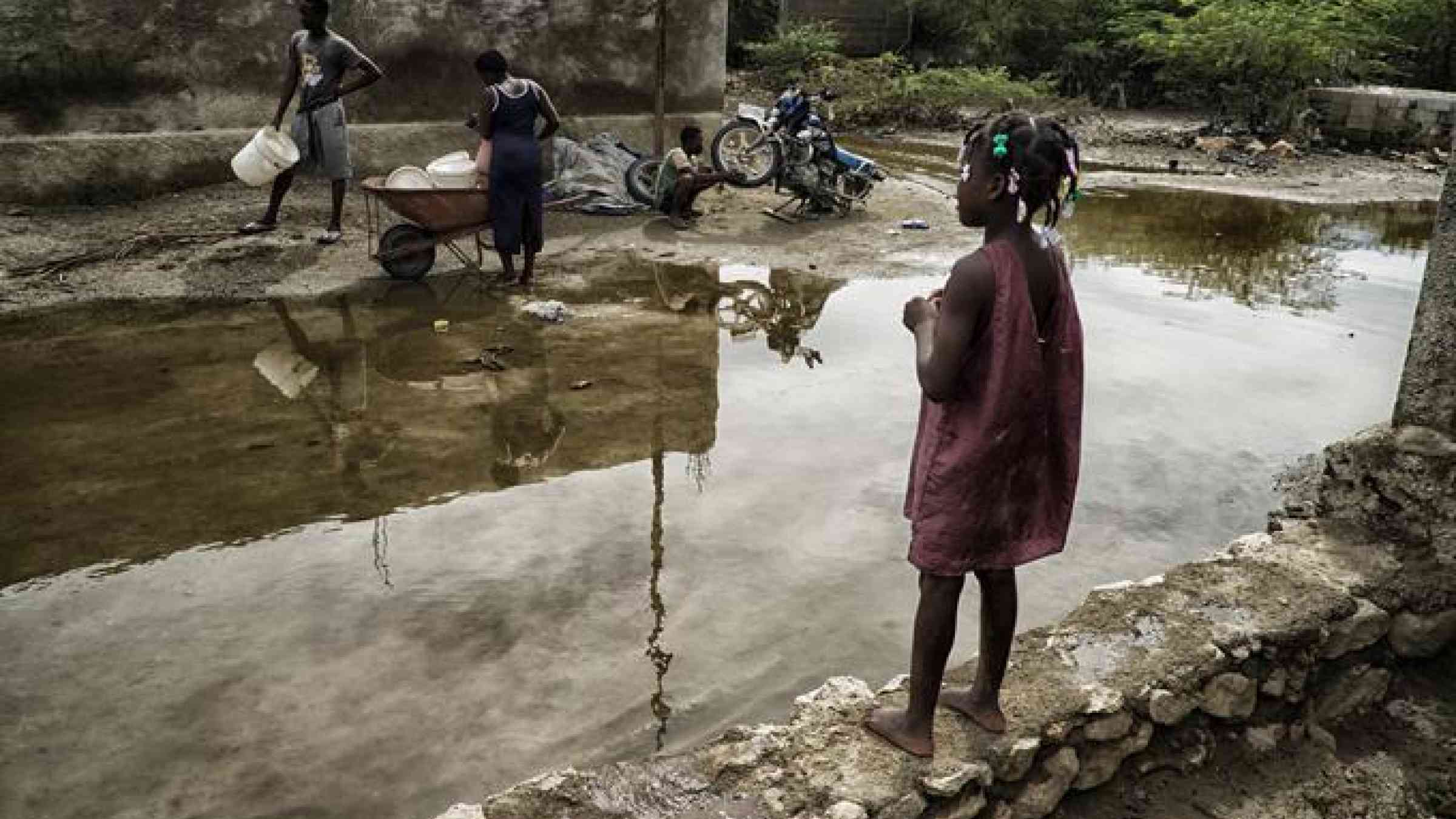Please help us improve PreventionWeb by taking this brief survey. Your input will allow us to better serve the needs of the DRR community.
Women, disasters and climate change

Photo by Flickr user United Nations Photo CC BY-NC-ND 2.0 https://flic.kr/p/qJKnna
By Erlinda Ekaputri, Knowledge Management Coordinator
The floods and landslides that recently struck several parts of Indonesia emphasize the fact that climate change is no longer just a prediction, but is inevitable. From the many natural disasters in the past three years, National Disaster Mitigation Agency (BNPB) data show that 95 percent of 1,053 incidents in 2016 were related to hydrometeorological causes such as floods and landslides, which killed 157 and affected around 1.7 million people.
In his speech in 2009, UN Secretary-General Ban Ki-moon said climate change affected people of all ages and gender albeit in different scales and intensity. However, the most vulnerable are the poor, while women are disproportionately affected as compared with men, with a ratio of 4:1. According to the World Bank ( 2008 ), 61 percent of victims from the Myanmar hurricane were female, 80 percent from the Aceh tsunami and 67 percent from Hurricane Gorky in Bangladesh.
Women also endure greater ongoing suffering from the impacts of climate change. For example, failed crops causing food scarcity may further result in a sharp increase in malnutrition among women and girls — as many traditions prioritize food for men and boys as the breadwinners of the family. During long droughts, women must walk as far as 10 kilometers just to fetch a bucket of water for their families.
These circumstances may lead to the misperception that women are more vulnerable to the impacts of disasters because of their weak physical characteristics; in reality, it is gender inequality that contributes to the high proportion of women’s suffering amid disasters.
Explore further
Please note: Content is displayed as last posted by a PreventionWeb community member or editor. The views expressed therein are not necessarily those of UNDRR, PreventionWeb, or its sponsors. See our terms of use
Is this page useful?
Yes No Report an issue on this pageThank you. If you have 2 minutes, we would benefit from additional feedback (link opens in a new window).